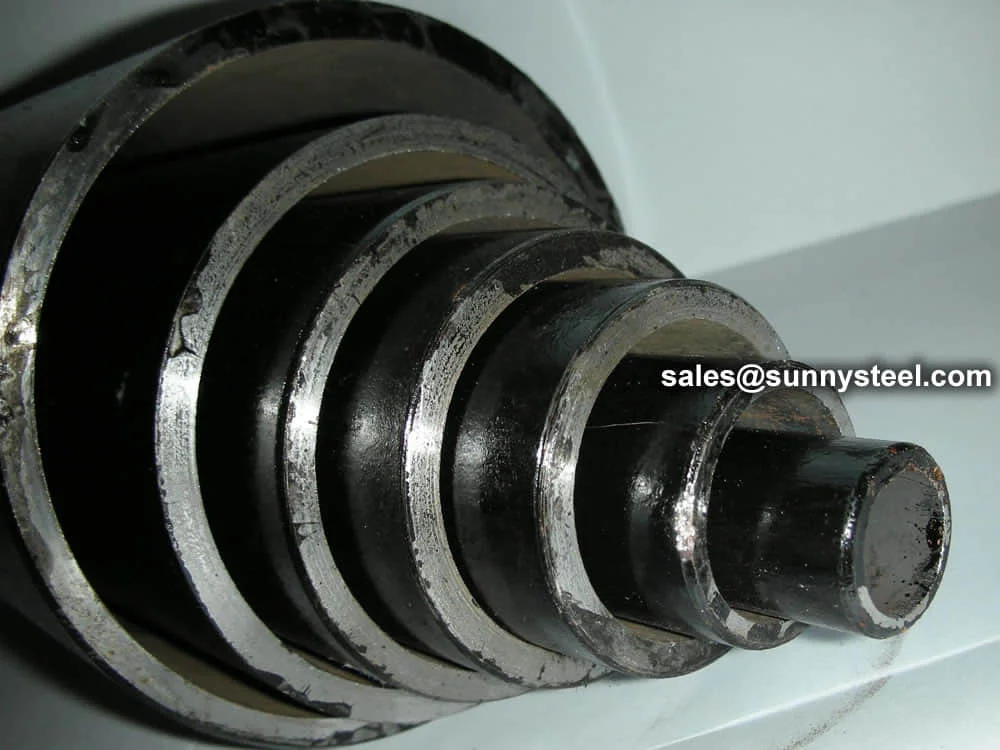
Seamless Steel Tubes For Marine Applications
Ship building tubes offer high-strength, corrosion-resistant seamless steel solutions for marine boilers, superheaters, and pressure systems.
Seamless Steel Tubes For Marine Applications
Ship building tubes offer high-strength, corrosion-resistant seamless steel solutions for marine boilers, superheaters, and pressure systems.
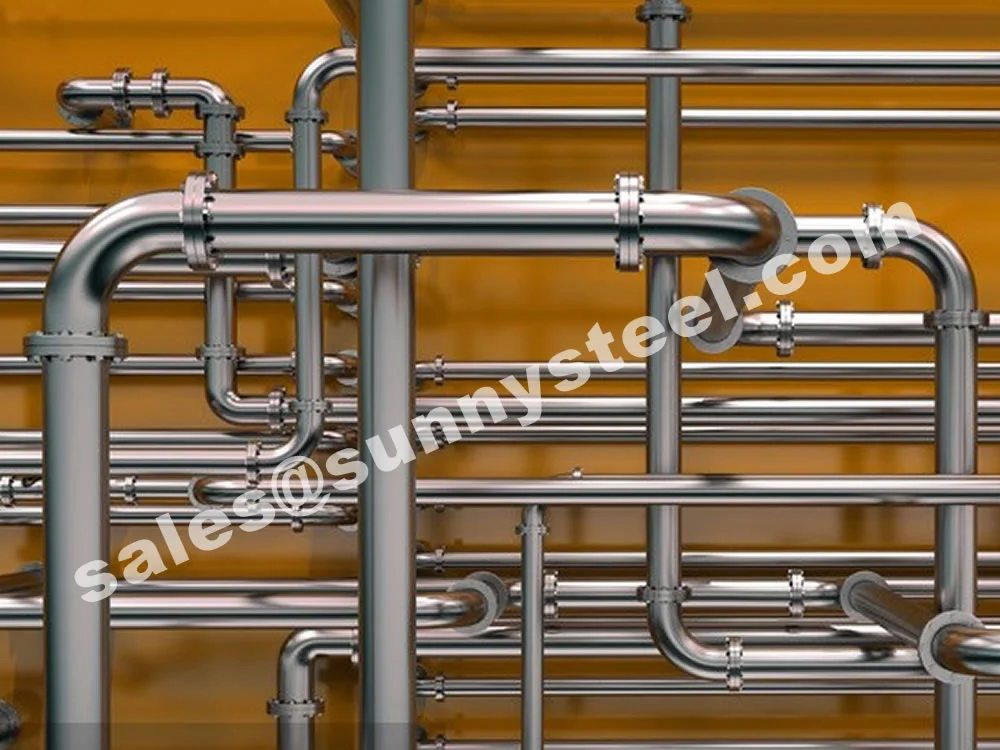
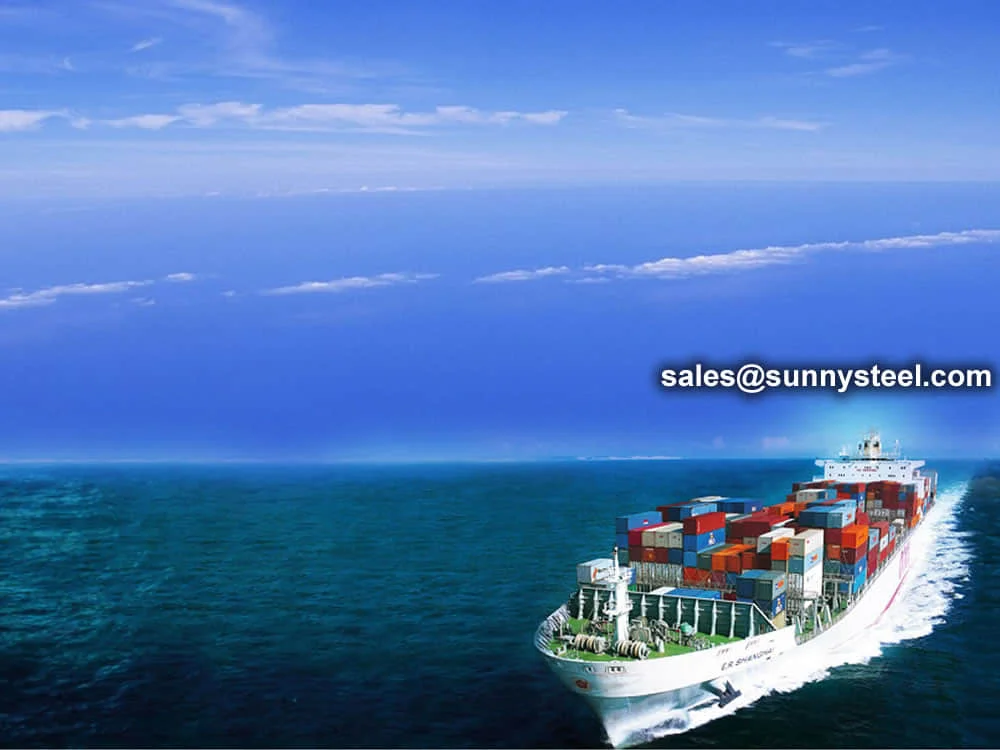
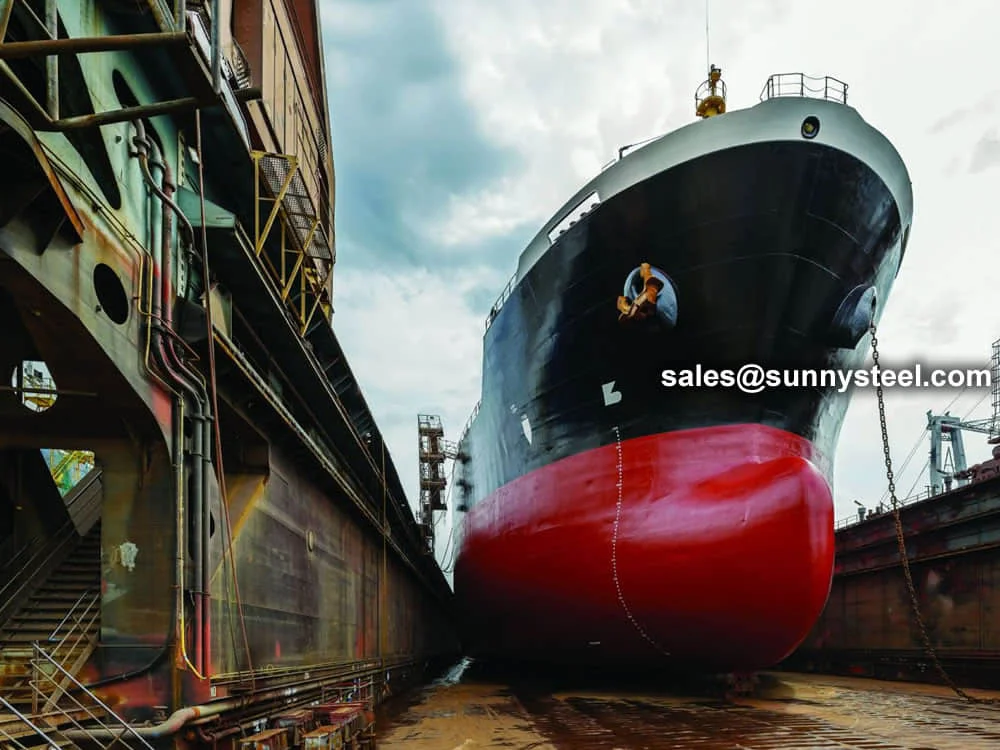
Ship Building Tubes are seamless steel pipes engineered for critical shipbuilding applications, including Level 1 and Level 2 pressure piping, marine boilers, superheaters, and hydraulic systems. Compliant with standards from classification societies such as CCS, DNV, LR, GL, ABS, BV, RINA, and NK, as well as China’s GB5312-1999, these seamless steel tubes for shipbuilding provide superior strength, corrosion resistance, and durability in harsh marine environments.
Crafted from carbon steel, carbon-manganese steel, or low-alloy steel (e.g., Grades 360, 410, 460), marine boiler tubes are manufactured through hot-rolling or cold-drawing processes to ensure precise dimensions and a seamless structure. Available in sizes from 1/2” to 16” (DN15–DN400) with wall thicknesses from SCH 40 to SCH 160, these tubes are ideal for high-pressure fuel lines, hydraulic systems, and fluid transport in ships. Their seamless design eliminates weld-related weaknesses, ensuring reliability under high-pressure and corrosive conditions.
High-pressure ship piping undergoes stringent testing, including hydrostatic, tensile, and non-destructive tests (e.g., ultrasonic, eddy current), to meet classification society standards. With tensile strengths ranging from 360 MPa (Grade 360) to 490 MPa (Grade 460), these tubes resist corrosion, thermal stress, and mechanical fatigue. Surface treatments like galvanizing, 3LPE, or epoxy coatings enhance corrosion-resistant marine tubes, protecting against seawater and chemical corrosion in systems like bilge water, ballast, and fire suppression.
Compared to welded pipes, seamless shipbuilding pipes offer superior integrity and uniform strength, reducing the risk of leaks or failures in critical systems such as fuel lines, hydraulic controls, and liquefied gas transport piping. These tubes are customizable for specific shipbuilding needs, including large-diameter jacket pipes, underwater steel piles, or mooring brackets, ensuring compatibility with diverse marine engineering requirements. Their robust design supports a ship’s service life of up to 20 years.
By addressing challenges like corrosion, high pressure, and extreme marine conditions, ship building tubes deliver safe, efficient, and long-lasting solutions for shipbuilders. From cargo vessels to LNG carriers, these tubes ensure performance and compliance with international standards, meeting the rigorous demands of marine engineering.
| Grade | C (% max) | Si (% max) | Mn (% max) | P (% max) | S (% max) | Residual Elements (% max) |
|---|---|---|---|---|---|---|
| Grade 360 | 0.17 | 0.35 | 1.40 | 0.035 | 0.035 | Cr≤0.25, Mo≤0.10, Ni≤0.30, Cu≤0.30, Total≤0.70 |
| Grade 410 | 0.21 | 0.35 | 1.40 | 0.035 | 0.035 | Cr≤0.25, Mo≤0.10, Ni≤0.30, Cu≤0.30, Total≤0.70 |
| Grade 460 | 0.22 | 0.35 | 1.40 | 0.030 | 0.030 | Cr≤0.25, Mo≤0.10, Ni≤0.30, Cu≤0.30, Total≤0.70 |
The chemical composition ensures high strength, weldability, and corrosion resistance for marine applications.
| Grade | Tensile Strength (MPa min) | Yield Strength (MPa min) | Elongation (% min) |
|---|---|---|---|
| Grade 360 | 360–480 | 235 | 24 |
| Grade 410 | 410–530 | 245 | 22 |
| Grade 460 | 460–580 | 265 | 21 |
These properties ensure durability and reliability in high-pressure and corrosive marine environments.
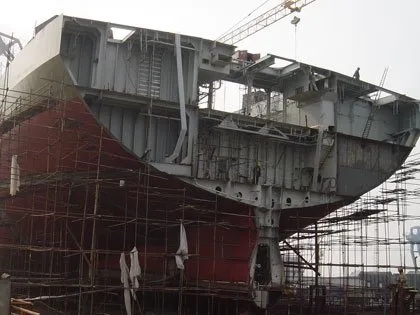
Marine Piping
Seamless steel pipes for marine use, including power and system piping, must meet stringent classification society standards to ensure safety and reliability in demanding shipboard applications.
Thickened seamless pipes are required for bilge water, deck washing, air, measuring, injection, sanitary water, seawater, fire, and foam piping, with exhaust pipes coated in high-temperature-resistant aluminum or zinc powder paint and insulated to keep surface temperatures below 60°C.
Pipes must use marine-grade valves, matching material for reducing joints and elbows (with wall thickness equal or greater), allow one elbow (two maximum), and be designed for maintenance, with tank joint pipes requiring shipowner approval.
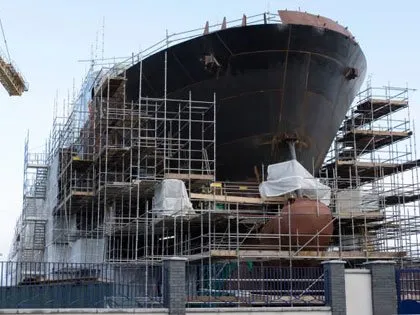
Marine Engineering
Seamless steel pipes, designed for boilers, pressure systems, and structural applications in shipbuilding and marine engineering, meet stringent standards for durability and performance in harsh marine environments.
Used in conventional systems (e.g., bilge water, ballast, fire, and domestic water) and specialized systems (e.g., LPG/LNG transport, drilling equipment), these pipes comply with standards like GB5312-1999 (Grades 360, 410, 460) and are approved by classification societies such as CCS, DNV, and ABS.
In marine engineering, large-diameter pipes (e.g., E36, D36) are used for jackets, steel piles, and mooring systems, often rolled from steel plates per GB712-2000 and SY/T10002-2000, with significant consumption in ships (1,500 tons for a 30-ton VLOC) and FPSOs (over 90 km for 300,000-ton vessels).
| Pipe Range | I | Ⅱ | Ⅲ | |||
|---|---|---|---|---|---|---|
| Designed Pressure (Mpa) | Designed Temperature (℃) | Designed Pressure (Mpa) | Designed Temperature (℃) | Designed Pressure (Mpa) | Designed Temperature (℃) | |
| > | ≤ | |||||
| Steam and Hot Oil | 1.6 | 300 | 0.7-1.6 | 170-300 | 0.7 | 170 |
| Fuel Oil | 1.6 | 150 | 0.7-1.6 | 60-150 | 0.7 | 60 |
| Other Media | 4 | 300 | 1.6-7.0 | 200-300 | 1.6 | 200 |
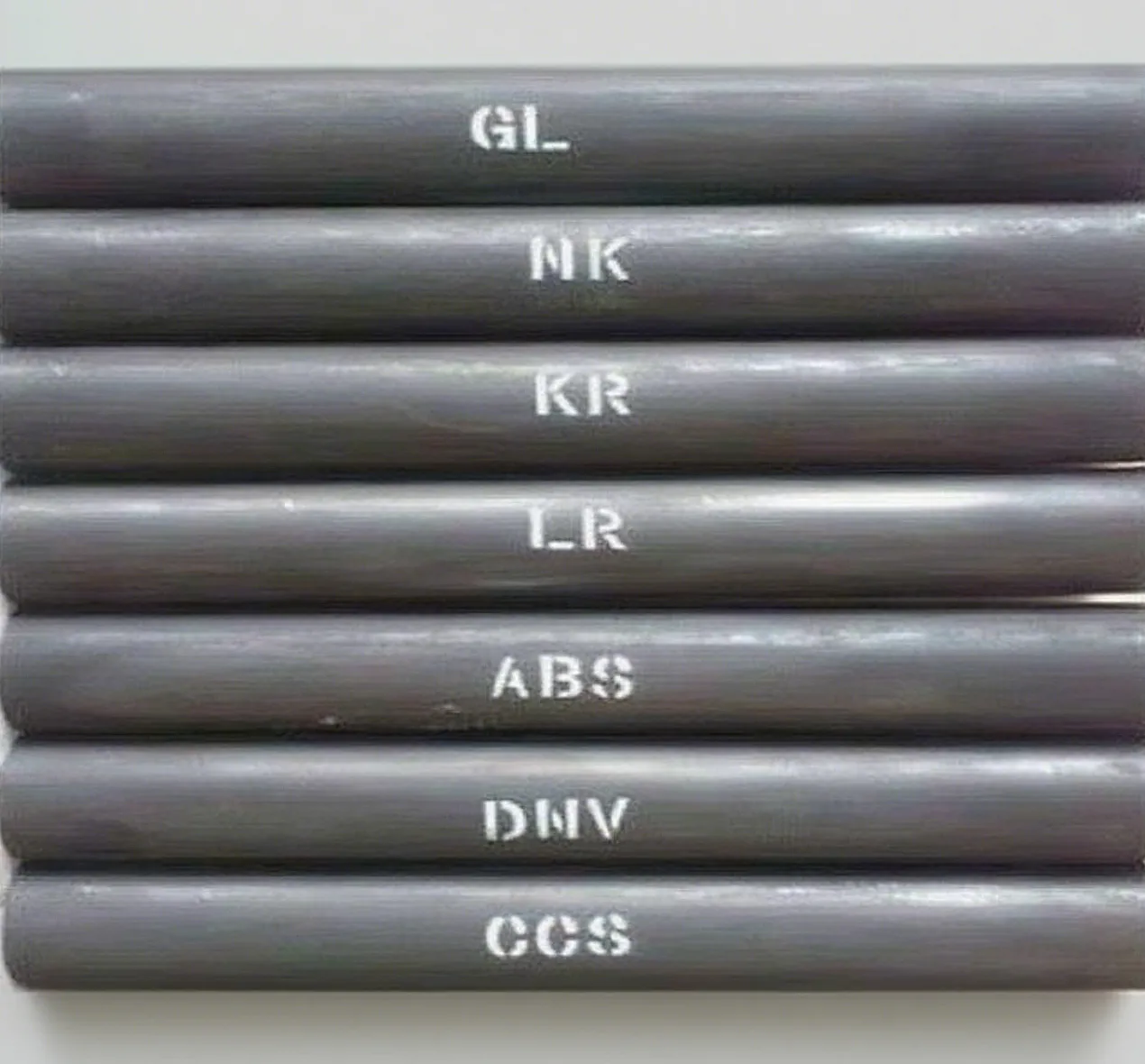
CManufacturing
Seamless tubes are approved by classification societies such as CCS, LR, GL, DNV, and ABS .
The following standards are adhered to in the production of tubes for marine boilers, superheaters, and piping systems classified into Class I, II, and III, as well as for the manufacturing of tubes used in liquefied gas transportation and bulk chemical carriers:
Compliance with these stringent standards ensures the quality and safety of marine equipment, which is critical for the operation of vessels in the global maritime industry.
Shipbuilding tubes find applications in various systems and components, including:
Explore ship building tubes with targeted long-tail keywords for specifications, applications, and materials.
Note: Ship building tubes meet international classification standards, ensuring reliability and performance. Contact suppliers for detailed specifications.

Ship Building Tubes provide robust solutions for critical systems in marine vessels, from cargo ships to LNG carriers.
Handles high-temperature steam in ship boilers.
Transports superheated steam for efficient propulsion.
Supports fuel and hydraulic systems under pressure.
Manages water flow in ship stability systems.
Handles liquefied gas in specialized carriers.
Used in jackets, piles, and mooring brackets.
Why Choose These Tubes? Their seamless design and compliance with classification standards ensure safety and efficiency in marine applications.
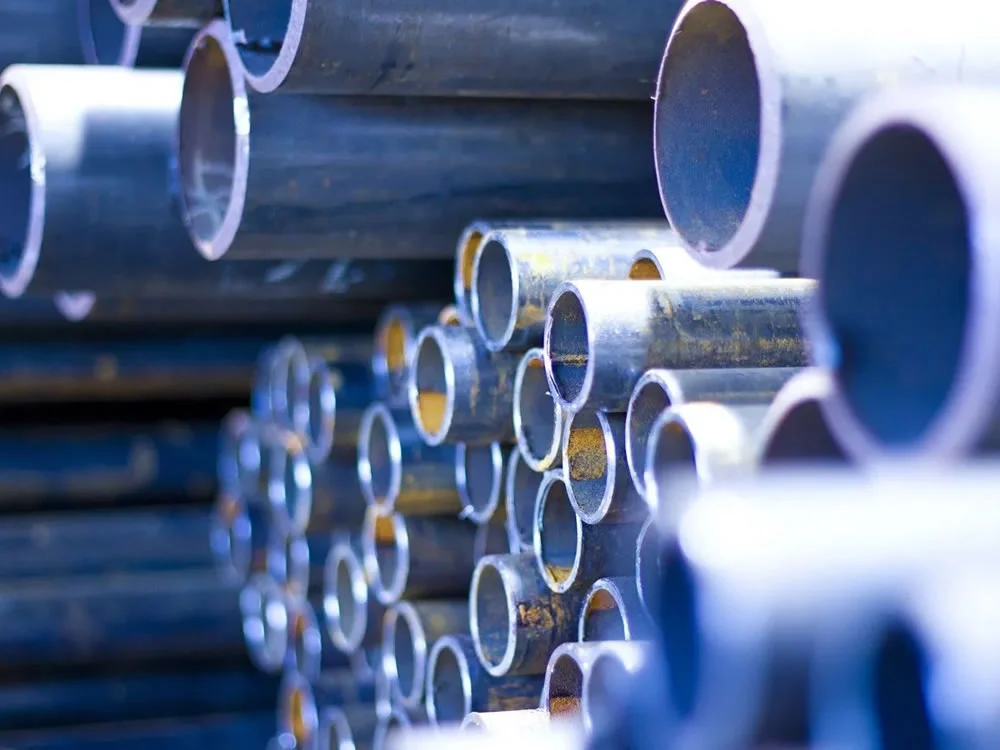
Other structural pipes provide high strength and v...
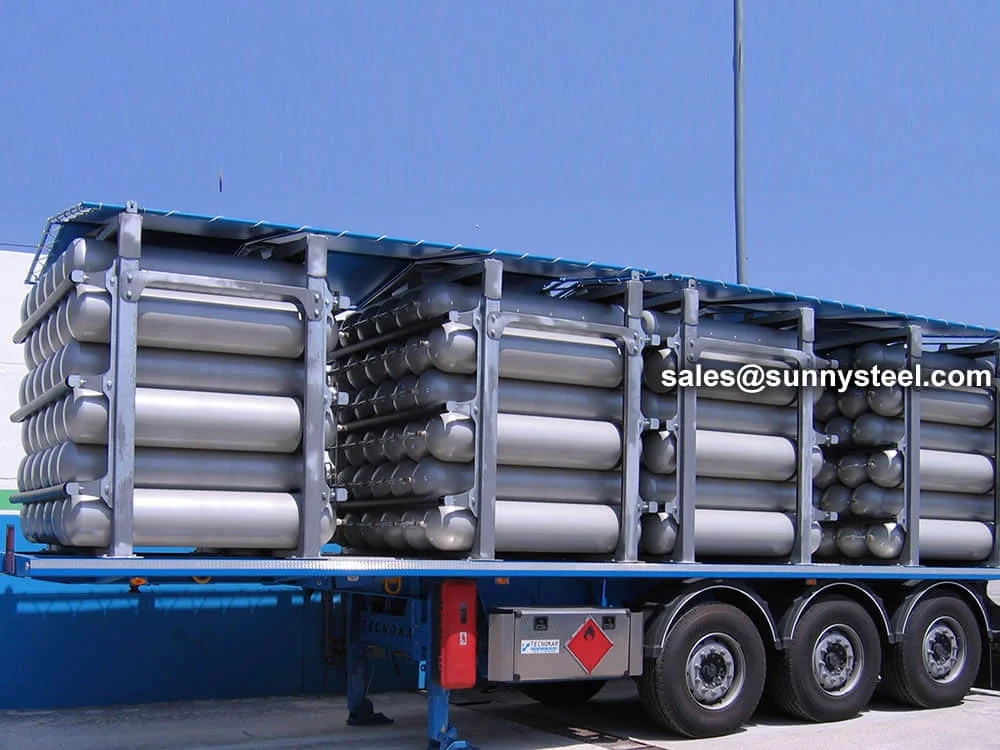
Steel pipe for gas cylinder offers high-strength, ...
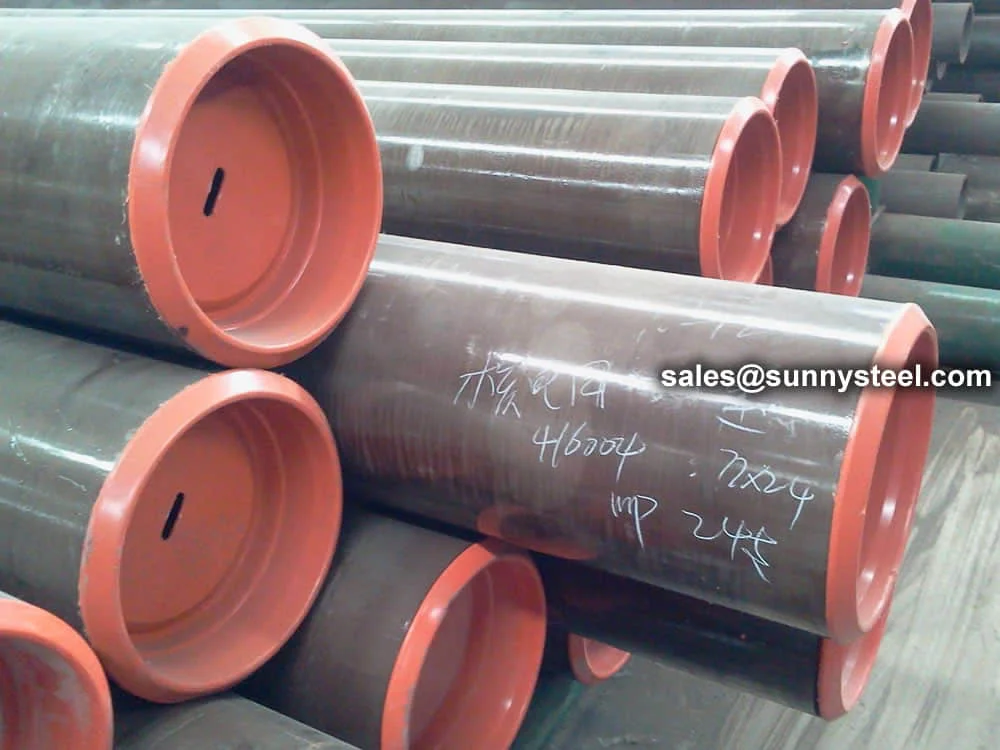
Seamless pipes for high-temperature applications o...